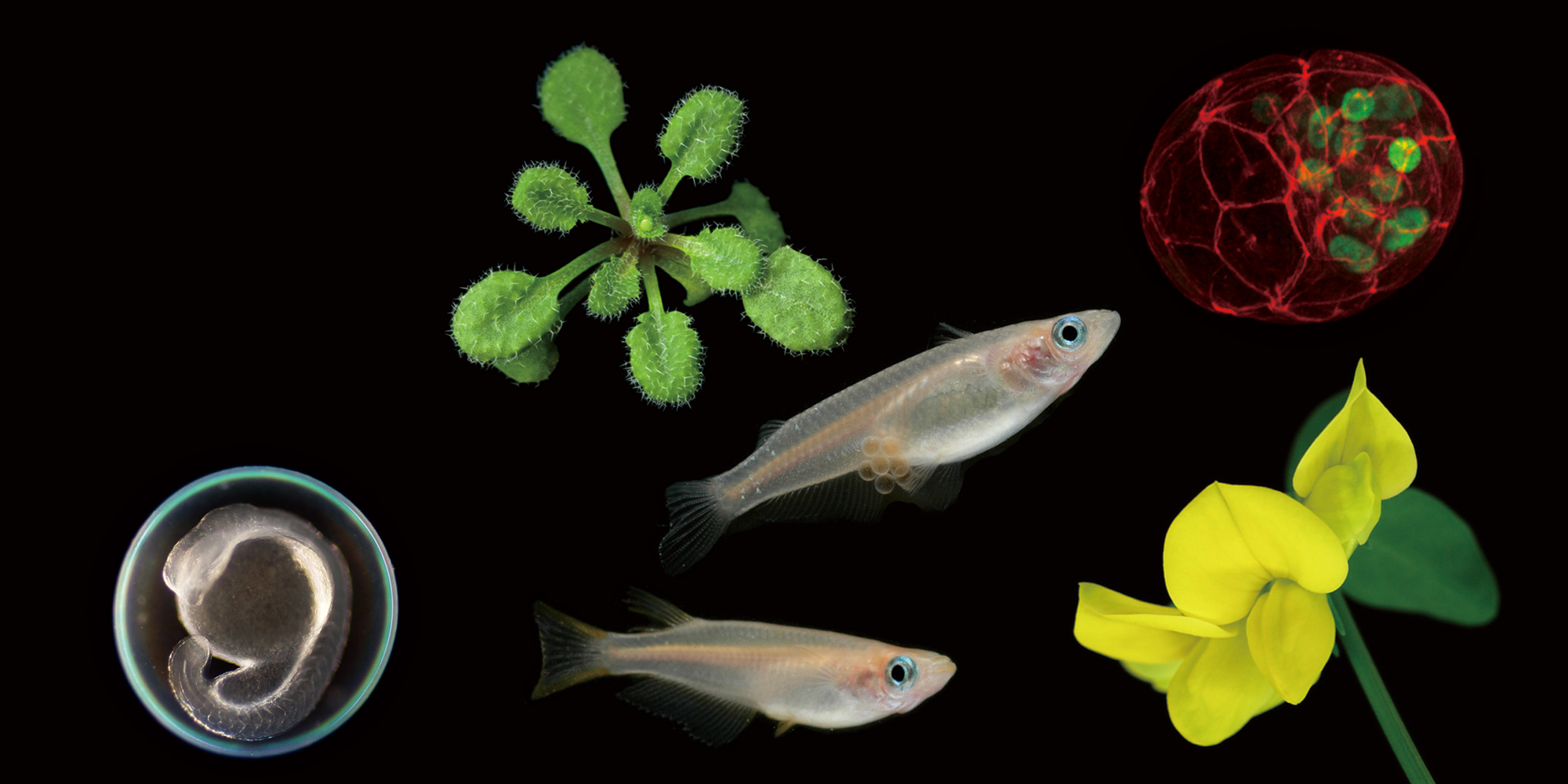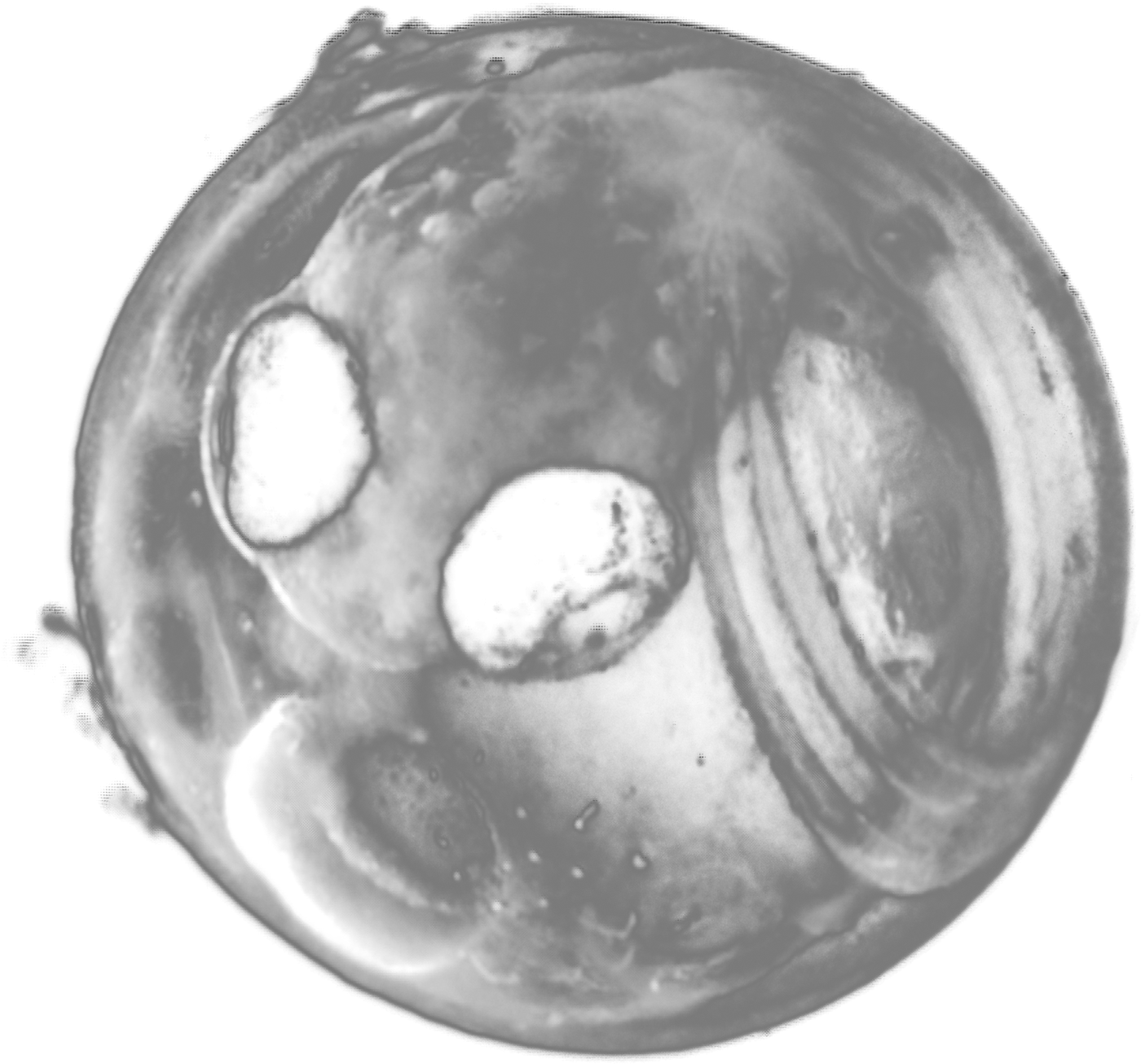2016.08.25 Other
Interaction between lymphatic vasculature and peripheral nerve during development of medaka
Dr. Tomonori DEGUCHI (National Institute of Advanced Industrial Science and Technology)
2016. 08. 25 (Thu) 17:00 ~ 18:00
Conference Room, NIBB (Myodaiji)
Laboratory of Bioresources, Yusuke Takehana (7579)
The 9th NIBB International Practical Course
The 4th NIBB-TLL Joint International Practical Course
Open Seminar
Interaction between lymphatic vasculature and peripheral nerve during development of medaka
The lymphatic vasculature plays an essential role in the maintenance of fluid homeostasis, fat absorption, and immune responses, and is also involved in the pathogenesis of several human diseases, such as solid tumor metastasis, lymphedema, and inflammation. Although the lymphatic vasculature is a very important organ, its development has been poorly understood for a long time. On the other hand, blood vessels are specifically aligned with, and guided by peripheral nerves in embryonic mouse limb skin1. Therefore, we wonder whether lymphatic vessels were guided by peripheral nerves as same as blood vessels.
Medaka (Oryzias latipes) fish are a useful model animal to study developmental biology, because its eggs are fertilized and develop externally, and both the eggs and the embryos are transparent, and their genome sequence is readily available, and a variety of molecular biology and genetic engineering techniques (transgenesis, gene knockdown and genome editing) has been developed for this species. Here, we developed a transgenic medaka in which the lymphatic vessels and peripheral nerves were made visible in vivo2, and started to research interactions between lymphatic vessels and peripheral nerves. Observations of the skin of the double transgenic medaka using a confocal laser scanning microscopy showed that the main trunk of the lateral lymphatic was located above the main trunk of the posterior lateral line nerve and the branches of the lateral lymphatic run along the branches of the posterior lateral line nerve. And, the lateral lymphatic of medaka grew before the formation of the lateral line nerve. Then, we generated the prox1a knockout medaka using genome editing by transcription activator-like effector nucleases (TALENs), and examined the influence of lymphatic vessels for the development of the lateral line nerve. In mammals, the homeodomain transcription factor Prox1 acts as the central regulator of lymphatic cell fate. But, it was shown that prox1a is dispensable for lymphatic formation in medaka. This result suggested that the mechanisms of lymphatic development in fish and mice is controlled in fundamentally different ways.
References:
1. Y. Mukouyama et al., (2002) Cell. 109, 693–705.
2. T. Deguchi et al., (2012) Genesis. 50(8), 625-635.







